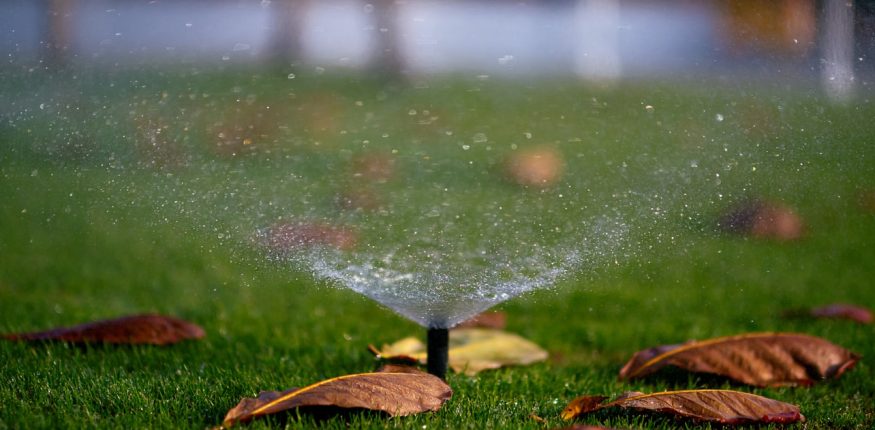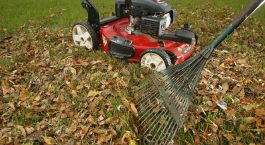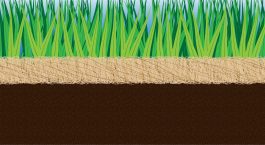Irrigation System Basics
Looking to have a luscious , green lawn and just aren’t sure where to start? Maybe an irrigation system will help you out. They allow for automated (or semi-automated) watering of your lawn, garden, field or anything else that needs water. A system goes beyond attaching a sprinkler to your hose and turning it on. Using a sprinkler attached to a hose is cheaper and in some cases will be the best option, but that lacks automation, efficiency and may not be giving every part of the lawn the attention it needs. Irrigation systems take the guess work out of watering your lawn.
Types of Systems
The first thing that comes to mind when many people think of irrigation systems in a sprinkler set-up, but this is only one type of system. There are three main types: sprinkler, drip, and surface. Here is a brief description of each:
Sprinkler Irrigation Systems
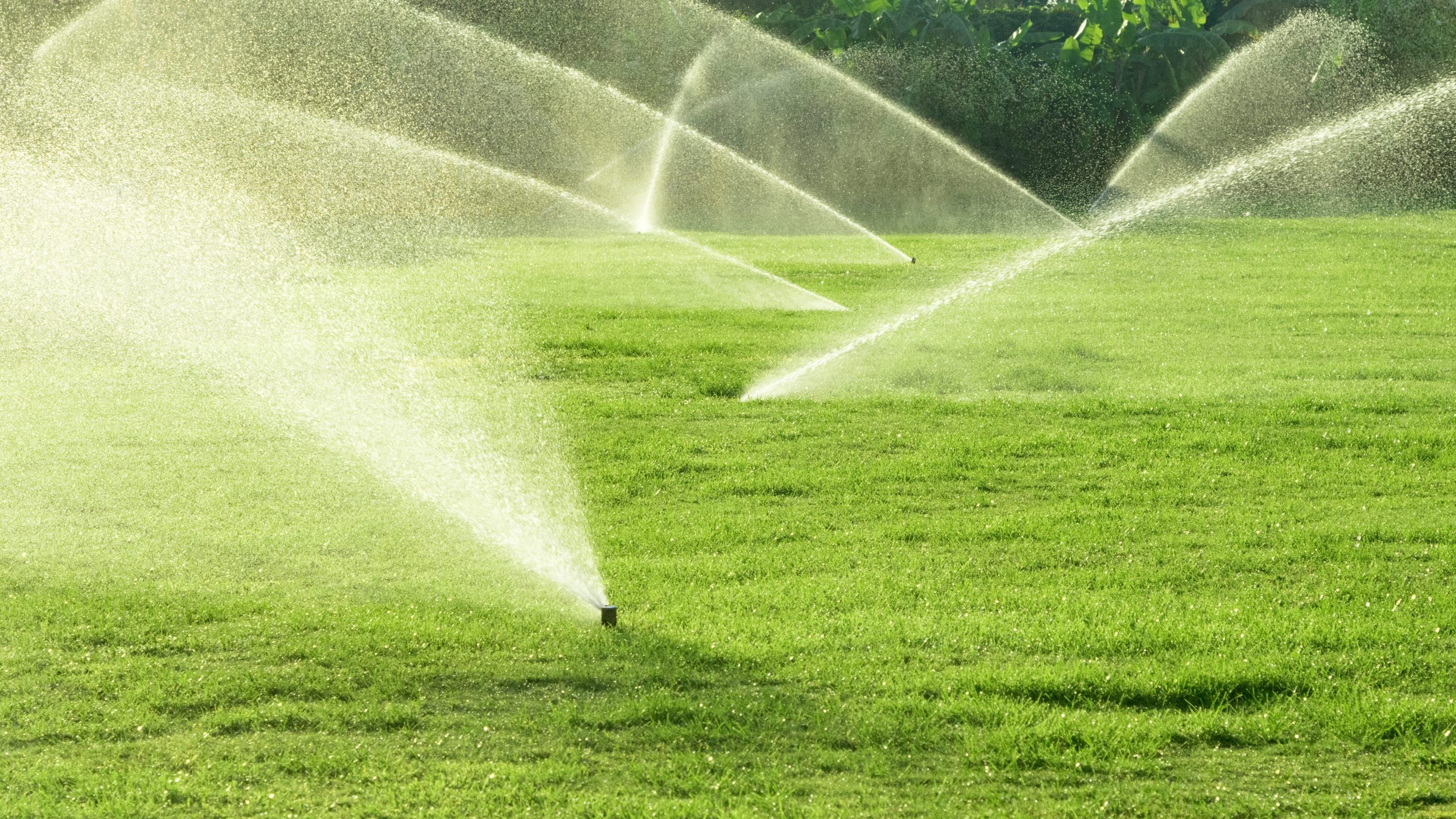
Sprinkler systems are the most common form of irrigation. They are extremely versatile and can be used in a multitude of environments. Of all the system types, this is the most multifaceted method. Large and small areas of land can be watered using a sprinkler set-up and they can be used for grass, gardens, plants and more.
Drip Irrigation Systems
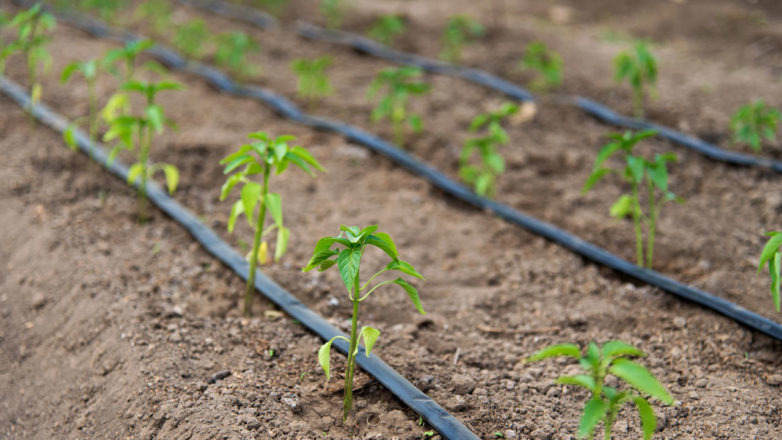
Drip irrigation systems are not as multifaceted as sprinkler systems. They are almost exclusively used for crops, fields, gardens, and plants. When watering a vast area, drip systems are generally the cheapest option. Water runs through lines and drips directly onto roots as opposed to being sprayed over the area. Therefore, it will save a lot of water when watering plants because all the water goes straight to the roots, reducing waste.
Surface Irrigation Systems
Surface irrigation systems are a more general category. They have a less defined look, but all work in the same manner. With surface irrigation, water flows from areas of higher land to areas of lower land. Accordingly, areas that have a slight slope to them benefit the most from this system. In addition, surface systems are almost always the cheapest choice in areas that they can be implemented. Using the shape of the land to spread water drops the necessary materials and install cost.
Benefits of Irrigation Systems
Save Time
Installing a system will save you time! Since the system will do the watering work for you, there is no need to bust out that hose or watering can. After a busy day at work, you won’t have to suit up and water the lawn or garden. Want to go on a weekend trip, but there’s no rainfall for the next four days that are supposed to be scorchers? You won’t have to worry about coming home to a burned lawn with a system installed.
Save Water
How exactly does using water save me water? Well, it will use more water than not watering your lawn at all (which is not usually recommended), but they will use less water than more manual methods. An automatic system uses the correct amount of water in the correct areas. Irrigation systems will turn themselves off and won’t spend time watering the driveway or sidewalk, yet the same may not go for you (or those forgetful/haphazard children).
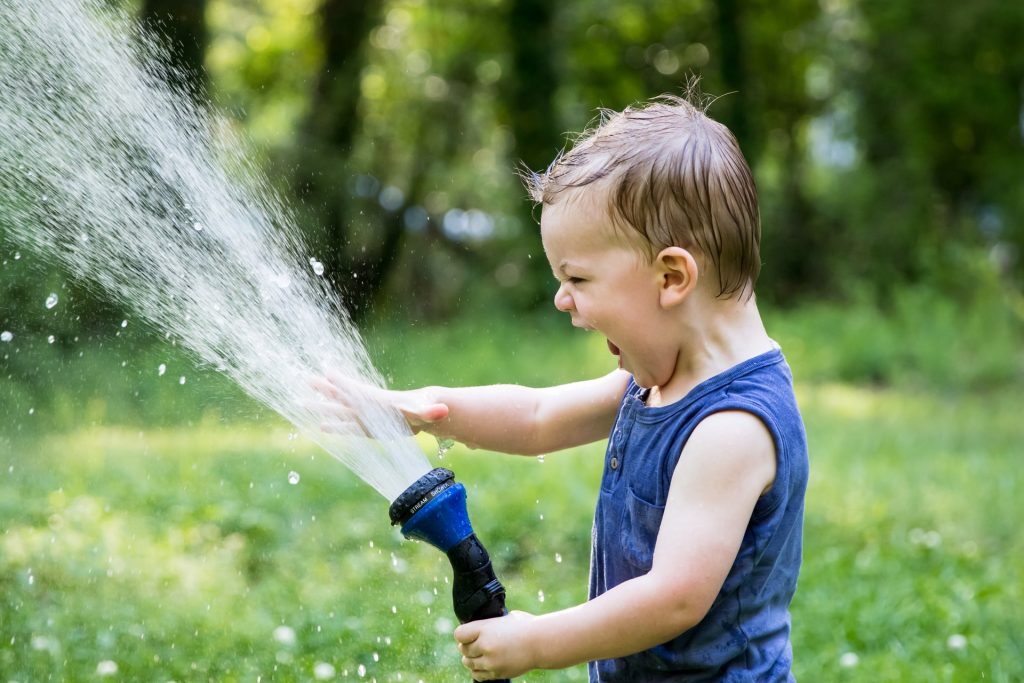
Consistent Watering
Consistency is key when it comes to lawns or gardens. An irrigation system will deliver water at optimal times of the day, while not overdoing it. In fact, many systems now have rain/moisture sensors that allow them to ‘monitor’ different areas independently of each other, Thus, your lawn or garden will consistently get the correct amount of water to the correct spots every time. Having your lawn consistently receiving the proper amount of water will also make it easier to get into a mowing routine. If you aren’t sure you are properly mowing your lawn check out our other article “Tips to Mow Your Lawn Better.”
Enhanced Home Value
Of course, any time a major investment is being made, it is important that it will enhance property value. Fortunately, a properly installed irrigation will increase the value of your home on multiple fronts. Most homeowners consider an irrigation system an upgrade, AND a system will help foster a healthier, greener lawn, increasing ‘curb appeal.’ That being the case, when you go to sell your home, it will sell faster and at a higher price point!
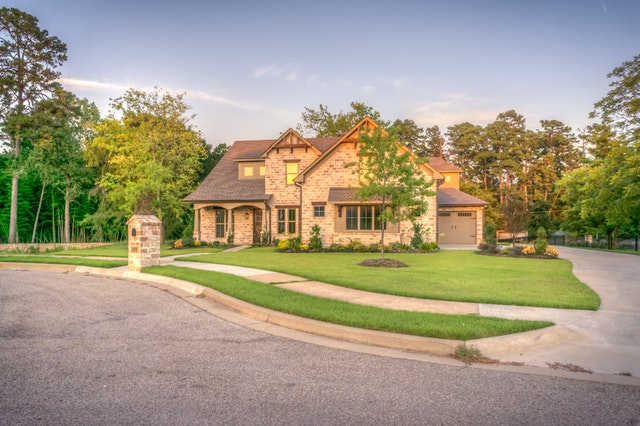
Is an Irrigation System Right for You?
Factors to Consider
Landscape Design and Size
A small lawn may be just as easy to maintain using a hose (or a few hoses) with a sprinkler attached. If you put a shutoff valve at the faucet, you won’t have to worry about walking away and forgetting to shut it off. However, if you have a larger lawn, using hoses and sprinkler attachments becomes much less convenient. You would either need more hoses or to spend more time outside to move the hose around, trying to maintain a consistent watering. Hence, lawn size is a big factor in the utility of an irrigation system.
Furthermore, the design of your landscape will affect the complexity of a system. A process called hydro zoning is crucial when using irrigation systems. Different plants need different amounts of water and different areas will also need different amounts. For example, flower beds will need more water than grass and grass will need more water than shrubs. In addition, the parts of your lawn that are generally shaded will need less water than the areas that receive a lot of sunlight. Adding new plants, shrubs, or trees can change the dynamic of your set-up, so systems should be designed to fit the final landscape plan.
Water Sources
In certain areas, you may not be allowed to use potable water in your irrigation system. Not to mention, it can become costly to use potable water. It is smart to evaluate possible water sources such as wells, lakes, ponds, or reclaimed water. Each water source has an associated cost and not every source will be available to every region.
Cost
Obviously cost is the main determinant for many people. In 2015, the average cost for a sprinkler system to be installed was $2,453. Of course, this cost can fluctuate based on who installs the system, how complex the system will be, and how large an area the system will cover. Costs can also be reduced by installing the system prior to doing any landscaping work. Consequently, if you want to plant a garden and have an irrigation system set-up to it, install the irrigation system first, then plant the garden.
Possible Deterrents
Maintenance
Like everything else, an irrigation system does require some maintenance. Irrigation systems require periodic adjustment and replacement over time. Sprinkler heads can shift out of alignment and may require manual readjustment to make sure they are still properly covering their designated zones. They may also become damaged during routine yard maintenance and require replacement.
Planning/Installation
As stated earlier, it is best to install your system before doing any landscape work. Irrigation systems require areas to be dug up and thus any plants or shrubs in those areas would be damaged in the process. It is best to install the irrigation system after making a plan for what you want the landscape to look like, but before any work is actually done to the landscape.
Possible Damages
Aside from routine maintenance, unexpected costs can arise. If you are in an area that gets cold during the winter months, your water lines can become damaged if they are not properly winterized. Aside from winterizing the system, pests and trees can also damage the underground portions of your irrigation system.
If you are still unsure about irrigation systems, here are some great reads!
New Home Source: Pros and Cons of Installing a Sprinkler System for Your New Home
